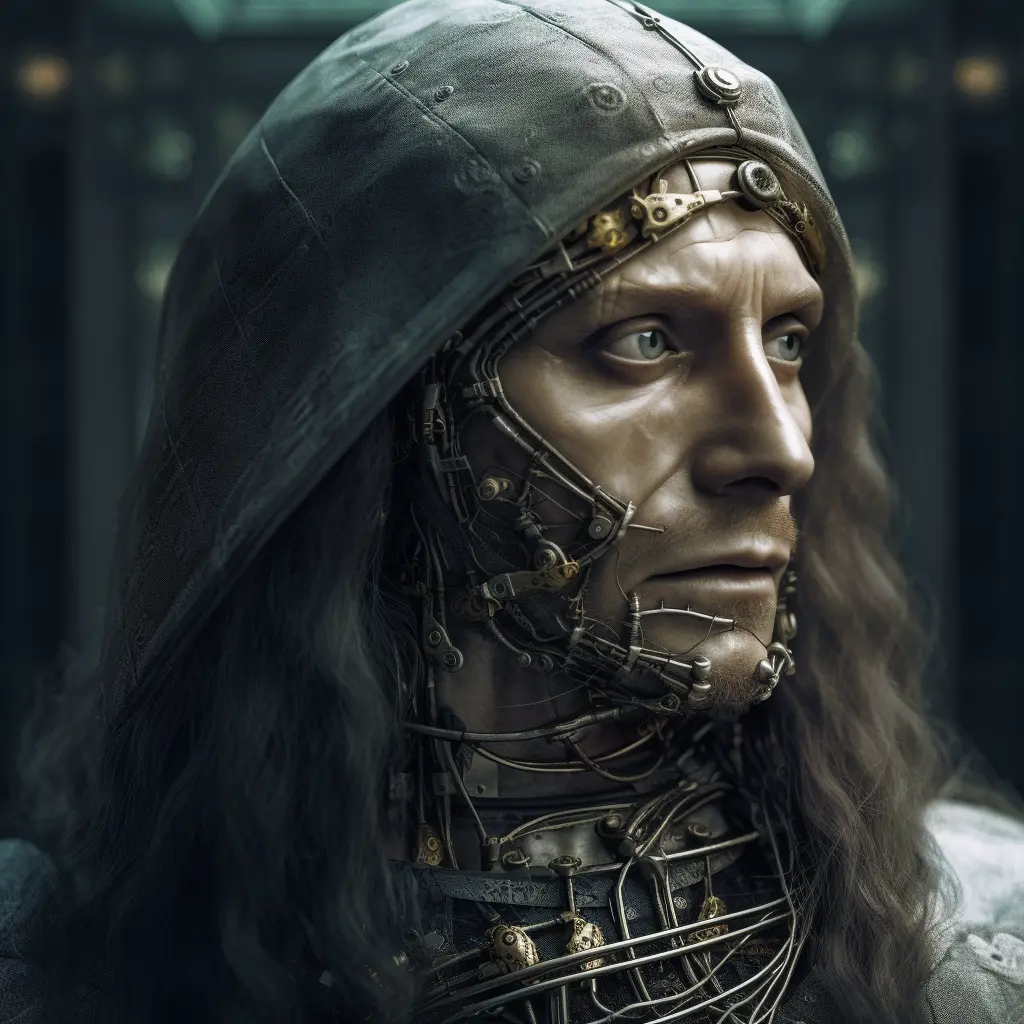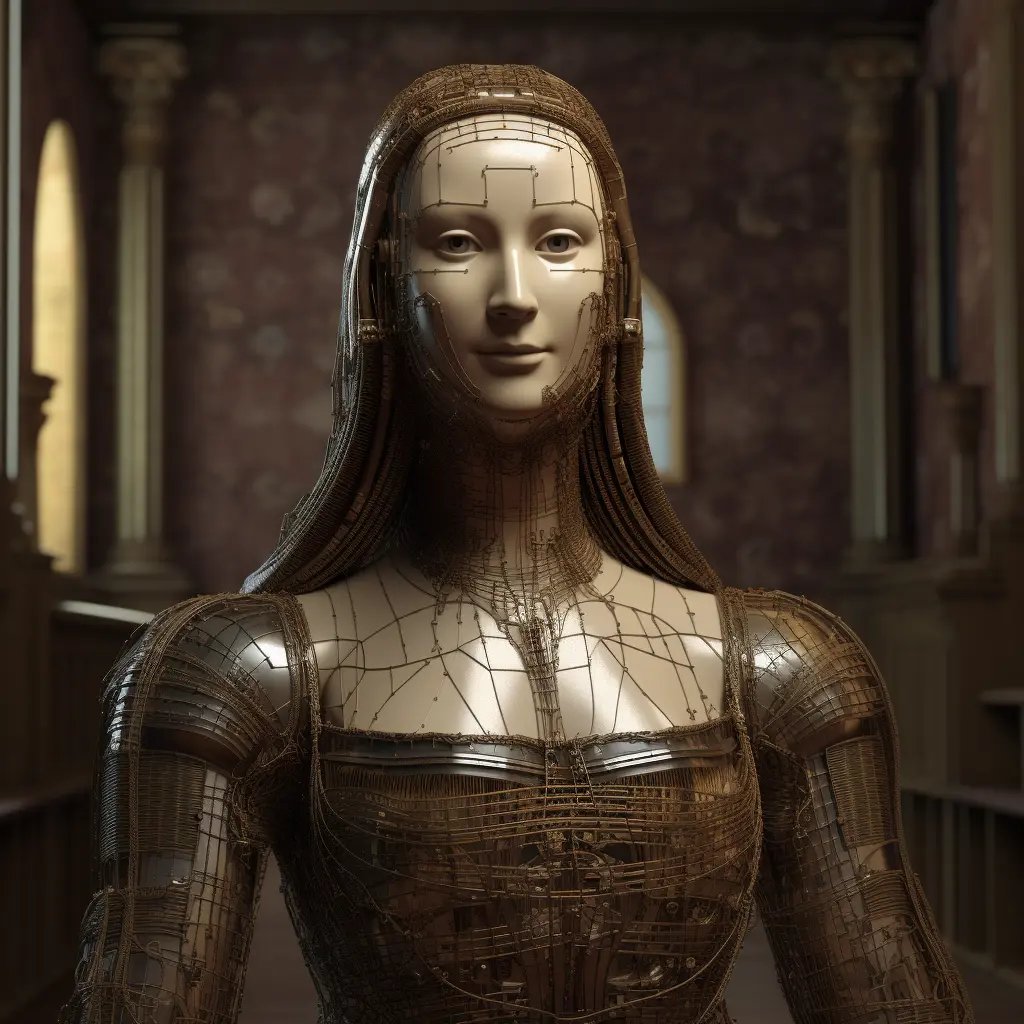The Renaissance, a period of unprecedented artistic and intellectual achievement, saw the rise of polymaths such as Leonardo da Vinci, who blurred the lines between disciplines to create timeless masterpieces. Today, we are on the cusp of a new Renaissance, driven by artificial intelligence (AI) and multi-modal learning. By integrating multiple types of data—text, images, audio, and video—AI has the potential to revolutionize the creative industry and expand the boundaries of human imagination. As Ada Lovelace, a pioneering mathematician and early computer visionary, once said, “Imagination is the Discovering Faculty, pre-eminently… It is that which penetrates into the unseen worlds around us.”
The Multi-Disciplinary Art of Multi-Modal Learning
Much like the Renaissance masters who transcended the confines of their respective fields, AI has evolved to become a multi-disciplinary artist, incorporating and processing a diverse range of data. At its core, multi-modal learning seeks to emulate the human brain’s remarkable ability to synthesize information from different sources, creating a holistic understanding of the world.

For instance, AI algorithms have been developed to generate realistic images from text descriptions, a feat that requires a seamless integration of visual and textual data. This breakthrough has far-reaching implications in industries such as advertising, filmmaking, and gaming, where the creative process can be significantly expedited and enhanced through AI-generated content.
However, the rise of multi-modal learning in AI also raises controversial questions about the potential loss of human jobs in the creative industry.
As AI continues to advance, its capabilities in multi-modal learning could potentially outstrip human abilities in certain creative domains. Proponents of AI argue that it will liberate humans from repetitive tasks, allowing them to focus on higher-order thinking and innovation. Critics, on the other hand, express concern that AI may eventually replace human artists, leading to job loss and the devaluation of human-made art. Regardless of one’s stance, it is clear that the relationship between AI and the creative industry will continue to evolve, and it is up to us to determine how to navigate these uncharted waters.
The Expanding Canvas of AI Creativity
By harnessing the power of multi-modal learning, AI has unlocked new dimensions in creativity. The integration of multiple data types allows AI-generated content to achieve a higher degree of realism and complexity. This advancement has led to a myriad of applications, such as AI-generated music that seamlessly blends different styles or AI-driven video editing tools that can analyze and interpret both visual and audio cues.
However, the ethical implications of AI-generated content cannot be overlooked. As AI-generated art gains traction, questions arise about authorship, intellectual property rights, and the role of human creativity in an increasingly automated world. While some argue that AI-generated content offers a fresh perspective and pushes the boundaries of artistic expression, others worry that it may diminish the value of human-made art and undermine the creative process.
Future Directions and Possibilities
As we move forward into the AI Renaissance, we must consider how multi-modal learning will continue to shape the creative industry. Leonardo da Vinci once said, “Learning never exhausts the mind.” With the rapid advancements in AI, the possibilities for innovation in multi-modal learning are virtually limitless. We can envision a future where AI assists humans in creating immersive virtual reality experiences, generates personalized narratives in movies and games, or even collaborates with human artists to produce entirely new forms of art.
The key to unlocking this future lies in fostering a symbiotic relationship between humans and AI, where each party leverages their unique strengths to create something truly remarkable. By harnessing the power of multi-modal learning and fostering a spirit of collaboration, we can pave the way for a new era of boundless creativity.

Conclusion
The AI Renaissance is upon us, and multi-modal learning lies at the heart of this transformative movement. As we continue to explore the potential of AI in the creative industry, we must remain open to the possibilities it offers while also grappling with the ethical and practical challenges it presents. To truly harness the power of AI, we must embrace both the opportunities and the uncertainties it brings. In doing so, we can unlock new frontiers of creativity and innovation, leading to a brighter and more imaginative future.
Some additional open questions to consider:
- How can we create inclusive and diverse AI-generated content that reflects a wide range of perspectives?
- What new roles might emerge within the creative industry as a result of AI advancements?
- How can we foster a global dialogue around the responsible development and use of AI in creative fields?

Prompt Engineering Notes:
For this blog post, I collaborated with ChatGPT to explore the topic of multi-modal learning in AI and its impact on the creative industry. I provided a prompt that included:
* three potential blog titles and metaphors, for me to choose.
* controversial points related to AI-generated content and job displacement,
* inspirational quotes from both male and female figures,
* a neutral yet dramatic tone to engage readers,
* open questions to encourage further discussion.
ChatGPT then provided an outline and the initial 250 words of the post, which I reviewed and provided feedback on. I generated all the images using MidJourney to enhance the visual appeal of the post.
